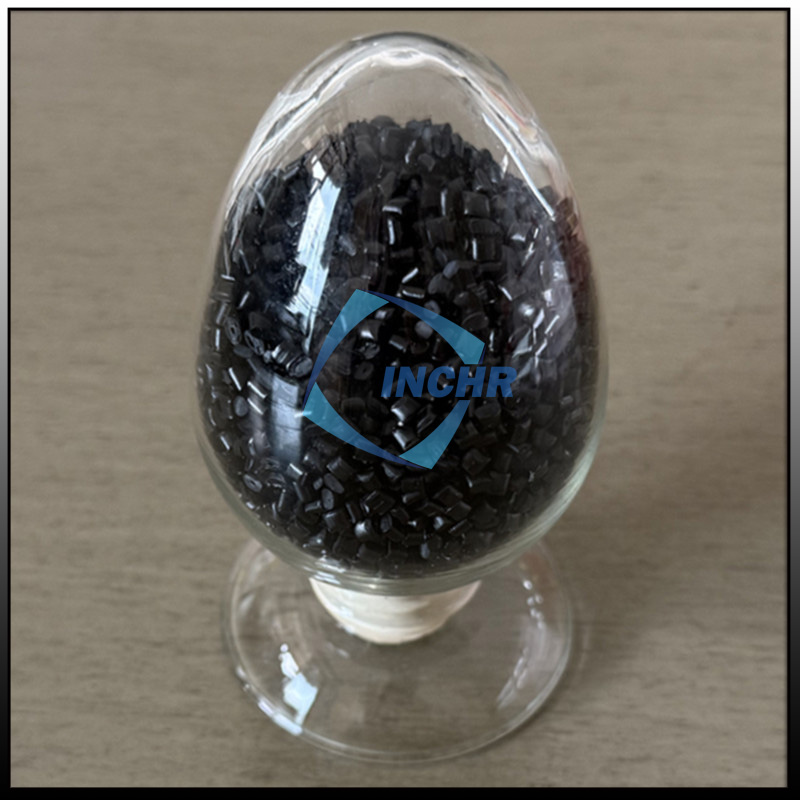Carbon Fiber Reinforced Nylon: Reshaping Your Project’s Future with Lightweight, High-Strength Materials
In the modern engineering landscape, where higher performance, lower costs, and faster iteration are paramount, traditional materials are increasingly becoming bottlenecks for innovation. Metal components are heavy and complex to process, while standard plastics lack sufficient strength. The advent of Carbon Fiber Reinforced Nylon (CFRN) offers engineers, designers, and manufacturers a groundbreaking solution. Combining the lightweight and easy-processing advantages of nylon with the strength and durability of carbon fiber, CFRN has emerged as a “game-changer” in industrial design, rivaling metals in critical performance metrics.

Why Is CFRN a Focal Point in Industry?
- Perfect Balance of Lightweight and Strength
The addition of carbon fiber boosts nylon’s tensile strength by over 50%, while its density remains just one-third that of aluminum. This makes CFRN ideal for weight-sensitive applications like aerospace, automotive lightweighting, and drone frames. For instance, an electric vehicle manufacturer replaced metal brackets with CFRN components, achieving a 20% reduction in vehicle weight and a 12% increase in driving range. - High-Temperature Resistance and Fatigue Durability
Traditional nylon softens under high temperatures, but CFRN’s thermal stability raises its heat deflection temperature to 160°C+, enabling long-term use in harsh environments. In industrial gears or drone motor mounts, CFRN extends service life by 3-5x compared to standard nylon. - Flexible Processing and Cost Efficiency
CFRN supports diverse manufacturing methods, including injection molding and 3D printing (e.g., SLS). Designers can rapidly prototype complex structures without costly molds. A German medical device company slashed its R&D cycle from 6 months to 2 weeks using 3D-printed CFRN parts.
Four Real-World Applications: From Lab to Market
- Industrial Automation: Stealth Upgrades for Robotic Arms
CFRN-made robotic joints reduce inertia while maintaining high load capacity, boosting production line speed by 18% and cutting energy consumption by 22%. - Consumer Electronics: Redefining Slimness and Durability
High-end action cameras with CFRN housings achieve an ultra-thin 8mm profile, improve drop resistance by 200%, and offer superior electromagnetic shielding versus conventional plastics. - New Energy Vehicles: Tackling Range Anxiety
CFRN battery brackets and charging ports reduce weight while resisting chemical corrosion from battery electrolytes, addressing critical safety and performance challenges. - Sports Equipment: Democratizing Elite Performance
CFRN bicycle cranks and climbing carabiners deliver performance comparable to full-carbon-fiber parts at one-third the cost, making advanced tech accessible to mass markets.
Material Comparison: Data-Driven Insights
| Property | CFRN | Aluminum 6061 | Nylon 66 |
|---|---|---|---|
| Density (g/cm³) | 1.3–1.4 | 2.7 | 1.15 |
| Tensile Strength (MPa) | 180–220 | 310 | 80 |
| Heat Deflection Temp (°C) | 160–190 | 250 | 70 |
| Processing Cost | ★★☆ | ★★★★ | ★★ |
Note: More ★ = higher cost
Carbon Fiber Reinforced Nylon outperforms aluminum in strength-to-weight ratio while cutting processing costs by 50%, offering unmatched economic benefits for small-batch or customized production.
Integrating CFRN into Your Project: A 3-Step Strategy
- Redefine Design Boundaries
Leverage topology optimization and 3D-printed hollow lattice structures to minimize weight without compromising strength. - Partner with Trusted Suppliers
Prioritize carbon fiber content (15%–30%) and uniformity. Proven options include BASF’s Ultramid® and Zhongyan New Materials’ CF-PA6. - Test, Iterate, Scale
Validate prototypes through dynamic load testing and environmental aging. One robotics team confirmed CFRN gears’ 10-year lifespan via 200-hour endurance trials.
The Future Is Here: Is Your Project Ready for This Revolution?
Carbon Fiber Reinforced Nylon isn’t just a material upgrade—it’s a paradigm shift toward lightweight, sustainable design. Whether reducing energy consumption, enhancing user experience, or accelerating development, CFRN is the “secret weapon” empowering global innovators.




